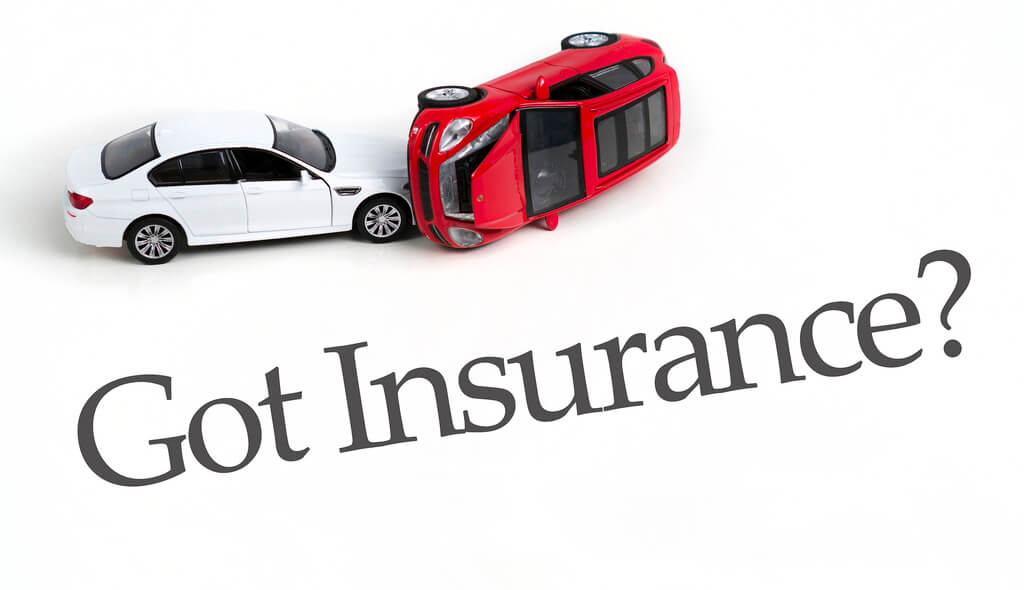How to Get Cheap Car Insurance
Whether you are shopping for auto insurance for the first time or trying to get insurance to reinstate your license, you want to get the best coverage for the cheapest rate. The first step is figuring out exactly how much coverage you need. Next, get quotes from different companies and compare the rates. Look for ways to keep your auto insurance rates low, such as qualifying for discounts, bundling insurance policies or lowering your deductible.
Putting Together the Right Amount of Coverage:
- Bodily injury liability coverage pays for injuries you cause to others if you cause a car accident.
- Property damage liability pays for damage to others’ property if you are responsible for an accident.
- Medical payments coverage covers you and your passengers for injuries sustained in an accident.
- Uninsured or underinsured motorists coverage pays your expenses if you are injured by a driver who does not have insurance.
- Collision coverage pays for damage to your car if it hits another object or overturns.
- Comprehensive coverage pays for your car if it is stolen or damaged by something other than an accident, such as the weather, a fire or vandalism.
Choose coverage that fits your needs. If you are trying to reduce your auto insurance costs, purchase only the minimum amount of coverage you need. Consider your risk tolerance and the needs of your family when making these choices, as well as any other insurance protection you may already have. Your insurance agent can also help you to consider which coverages you need and can do without.
- If you have a high salary or a lot of money in savings or assets, you have a lot to lose if you are ever found liable for an accident. If this is the case, you may need more liability coverage.
- Also, if you have children of driving age, you may want to purchase more liability coverage. Young, inexperienced drivers have a higher risk of getting into an accident.
- In the above examples, it may be cheaper to buy an umbrella liability policy that becomes effective after the auto or home liability coverage is maxed out.
- If you have an older car and you own it outright, you may not need to pay for collision and comprehensive insurance. The value of your car may not warrant the expense of the coverage.
- If you are financing your leasing your car, you may be required to purchase collision and comprehensive insurance.
- If you have your own health insurance, you may be able to skip the medical payments coverage on your auto insurance policy.
Shopping Around for Car Insurance:
Understand the factors that may affect the cost of your insurance. Age, gender, marital status, driving record, vehicle type and model, previous claims, where you live, how often and how far you drive, and sometimes your credit score can all have an effect on how much you pay for car insurance. Talk to different agents and research how these variables will influence your premium.
- For instance, a car with a high safety rating can lower your premium, while a car with a low safety rating or a car that is a known target for theft may raise your premium.
- Drivers under the age of 25 pay more than the national average as they’re more likely to get into a crash. Drivers ages 16 and 17 pay slightly a lot more than young adults (18-24) because they have the highest crash rates out of all age groups. If you are a young driver, you should have your parents add you to their policy. While their rates may increase due to your age, it won’t be to the extent of having your own policy.
- At age 65, insurance begins to increase again. Senior drivers are the most expensive clients for insurance companies to pay for medical treatment following an accident, and at age 80, the driver will begin to pay more than the national average as this age group have the highest fatality rates than even younger drivers.
Research car insurance companies. Research the different insurance companies to make sure they are reliable and effective. Even if a company offers the lowest premium, don’t purchase that policy if you think they are untrustworthy. If you ever need your auto insurance company, you want to be able to trust that the coverage you purchased is there for you.
- Your state’s Department of Insurance (DOI) website compiles customer complaint ratios for all auto insurance companies that operate in that state. You can use this information to evaluate a company’s customer service record.
- Evaluate how easily you can contact your company. Consider their hours of operation, whether they offer the convenience of a mobile site, and how you can contact them during off hours.
- Read the company’s Facebook page and Twitter feeds to see how customers interact with the company and what they have to say.
Get car insurance quotes. You can shop for car insurance online or in person. Many insurance companies offer free rate quotes online. But if you want to be able to speak to someone who can answer your questions, go to an agent or broker. An agent works for a specific company and can give you detailed information about coverage and rates from that company. A broker, or independent agent, works with different companies and can help you to compare quotes.
- Brokers may charge you a fee for their services.
- Get at least three quotes so you can compare rates and coverages to find the best policy.
- Be prepared to provide your Social Security number, the VIN number of your car, your car’s make and model and your daily mileage.
Compare auto insurance quotes. Don’t focus solely on the bottom line expense. Compare the amount of coverage the companies are offering you. The least expensive policy may not provide you with adequate coverage. Also, evaluate how the deductibles are affecting the premiums quoted by different companies. You may be able to afford a higher deductible with a company that charges you a lower premium. In addition, compare coverage limits. In general, you pay more for higher limits. Compare quotes to see which company offers you the highest coverage limits for the best price. Finally compare discounts. Some companies offer discounts which expire after a certain amount of time.
Article Source: https://www.wikihow.com/Get-Cheap-Car-Insurance
X

Hello! Let me enthusiastically introduce myself as a dedicated blogger fueled by an intense passion for meticulously crafting insightful and well-researched blogs. My mission revolves around providing you, dear readers, with a veritable treasure trove of invaluable information.







